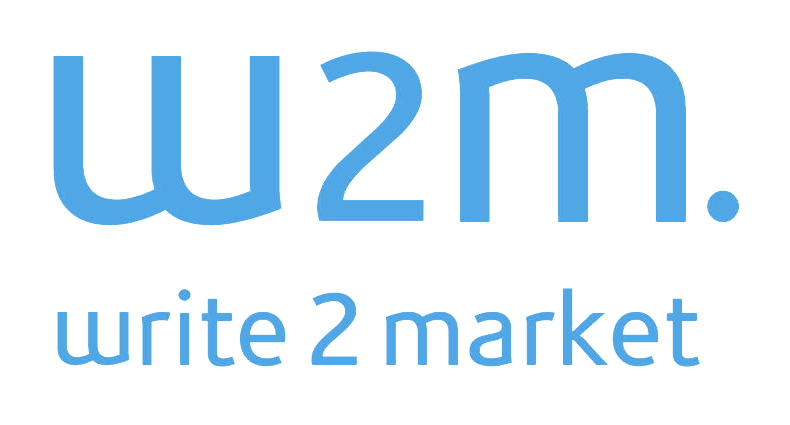At this year’s LiftSummit, Eric Bradlow put his formidable Wharton School of Business faculty mind to the task of analyzing the newest marketing fad: those Groupon, Scoutmob, OfficeArrow.com and other daily deals that we all get in our email inbox every morning. While the pure numbers show that Groupon and other coupons are powerful marketing tools in both the B2C and B2B space, Bradlow noted that there are two rules that businesses need to follow in order to realize success.
Track the data, track the data, track the data
If Bradlow could say just one thing to any audience interested in how Groupon, I’m sure this would be it. Throughout his presentation he showed that, time and time again, the secret to success is tracking, owning, and mining the high resolution data created during daily-deal-style interactions. Track the demographics of who received the deal. Are they current customers? Qualified leads? Complete strangers?
Don’t stop there. Track, track, track until you can’t track any more. If you’re not following the entire life cycle of every single coupon and every single customer, you’re missing out on a powerful opportunity.
Provide a variety of goods and giveaways
One of the criticisms of Groupon, OfficeArrow, and other daily deals is that cost-conscious consumers will buy your discounted goods and nothing more. And it’s true that this can happen… if you’re not providing a full variety of goods and giveaways.
The secret to turning deal-hounds into lifelong customers is engagement. Today. This means integrating this daily coupon platform into your regular marketing schedule. It means providing real, honest to goodness value to your buyers, whether they buy the daily deal or not.
The trick here is that the coupon drives people to visit your website or store. If potential customers don’t find real value across your brand, the coupons will simply cause blips on your radar.
Do the math
Since daily deal platforms tend to charge half the cost of an already discounted deal, vendors are sometimes frightened of using them. But fear not. Look to Denny’s.
Bradlow’s favorite example of how the daily deal system truly works is Denny’s free breakfast scheme. The specifics don’t really matter. All you need to know is that Denny’s gave away a huge number of free breakfast meals. I think it was the “Grand Slam.”
While many people decried the entire venture as a “stunt” that would generate zero return, Denny’s was bringing in huge amounts of cash. Why?
• Value- While many people enjoyed free breakfast plates, others enjoyed non-free breakfast plates, drinks, and other items.
• Cost- Vendors don’t pay retail prices for their goods or services, so discounting retail price doesn’t necessarily represent a loss.
• Free PR- Since daily deal platforms tend not to charge up front costs, any PR and notoriety is literally free. Compare that to any other PR or marketing campaign, which require huge upfront and maintenance expenses.
No matter which daily deal platform you select, be sure to do it right. By tracking data, providing real value, and doing the math ahead of time, you’ll be sure to win, whether you’re in B2C or B2B.
Post written by: Jason
